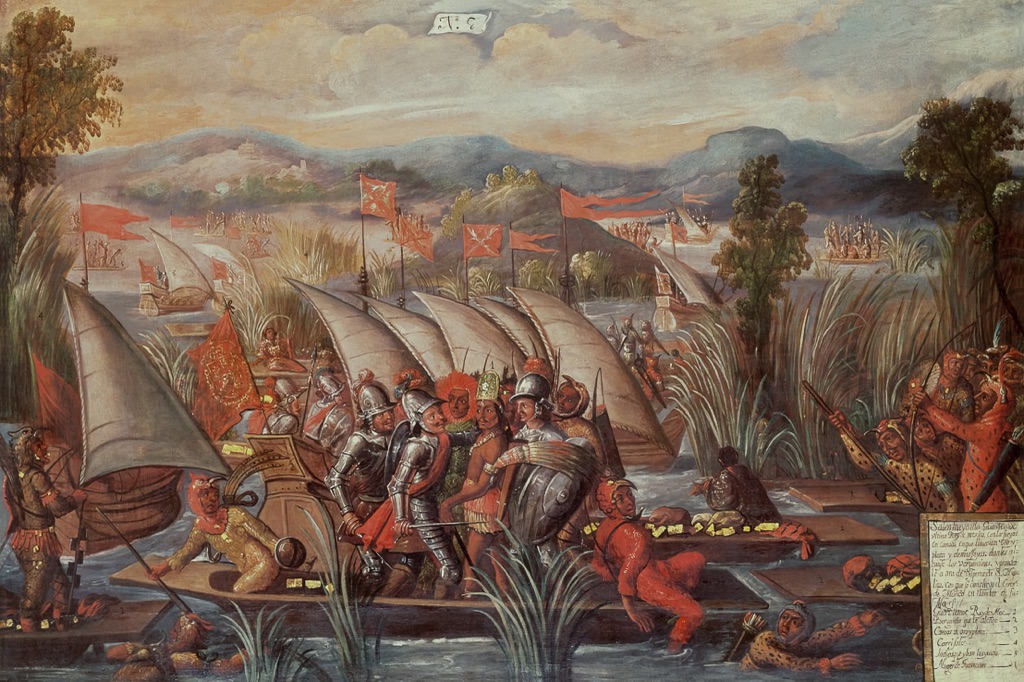Cuauhtémoc, also known as Cuauhtemotzín, Guatimozín, or Guatémoc, was the final Aztec Emperor, ruling Tenochtitlan from 1520 to 1521 AD. His name, meaning “one who has descended like an eagle,” symbolizes aggressiveness and determination, qualities that defined his brief but significant reign.
History
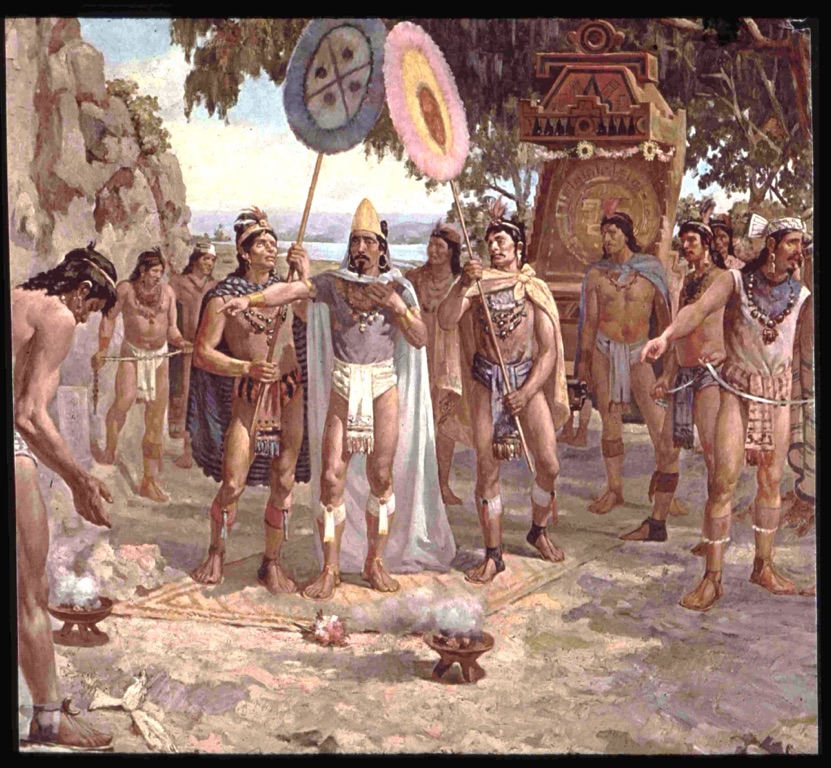
Montezuma II
Moctezuma II, also known as Motecuhzoma Xocoyotzin, was the ninth Emperor of the Aztec Empire, reigning from 1502 or 1503 until his death in 1520. His reign marked the zenith of Aztec power, territorial expansion, and ultimately, the initial stages of the empire’s downfall with the arrival of Spanish conquistadors led by Hernán Cortés. Moctezuma II’s legacy is complex, shaped by his efforts to maintain the integrity of his empire amidst internal divisions and the unprecedented challenge posed by the Spanish invasion.
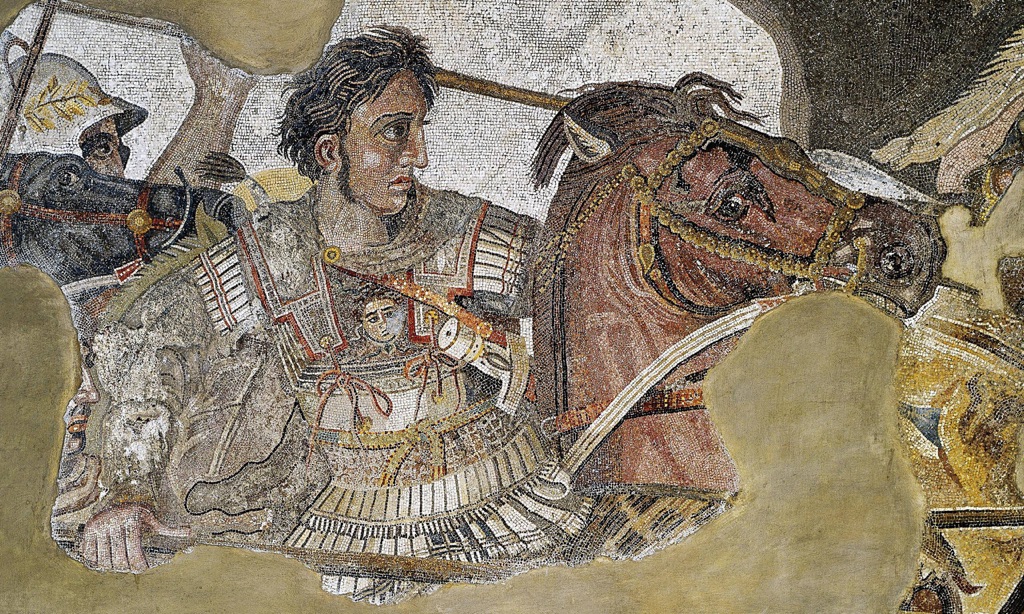
FAQ: Alexander the Great
Alexander the Great, a name that resonates through history as a symbol of conquest and strategy, continues to fascinate historians, scholars, and the general public alike. His life, filled with remarkable achievements and surrounded by intriguing myths, raises numerous questions. In this blog post, we’ll delve into some of the most frequently asked questions about Alexander the Great, aiming to separate fact from fiction and shed light on the life of this legendary figure.
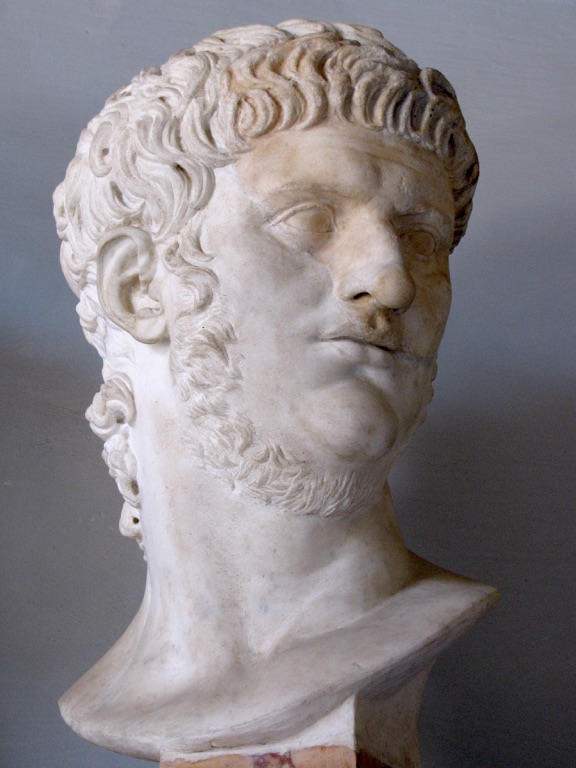
Nero
Nero Claudius Caesar Augustus Germanicus, born Lucius Domitius Ahenobarbus on 15 December AD 37, ascended to the Roman throne as the final emperor of the Julio-Claudian dynasty. His reign, from AD 54 until his death in AD 68, was marked by significant cultural contributions as well as political and social turmoil.
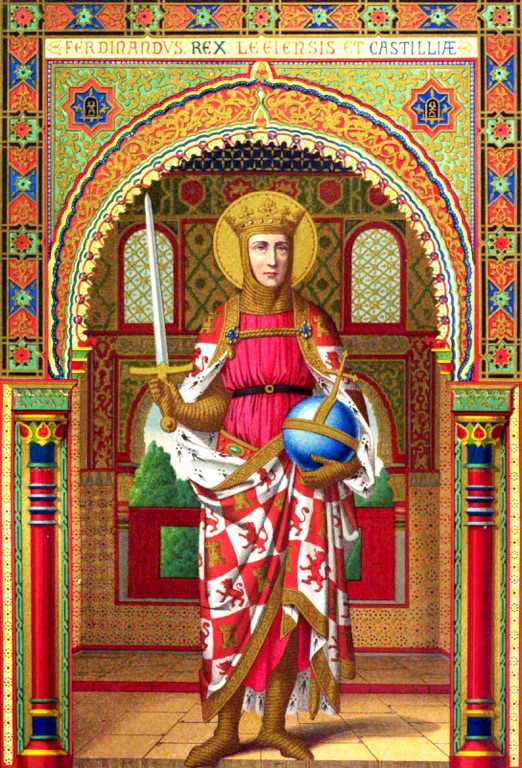
Tracing the Transformation of Europe During the Medieval Era
The Middle Ages paints a picture of Europe between two significant periods in history. During the medieval period, European life went through profound transformations. Some call this era the Dark Ages due to the perceived lack of progress.
Yet, during the Middle Ages, seeds of change were sown. This time ushered in new art, culture, and knowledge. These elements set the stage for the Renaissance.
Many find the term ‘dark ages’ misleading now. It does not represent the era’s complexities and achievements. The medieval times spanned from the 5th to the 15th century. It encompassed a vast timeline that bridged ancient and modern history.
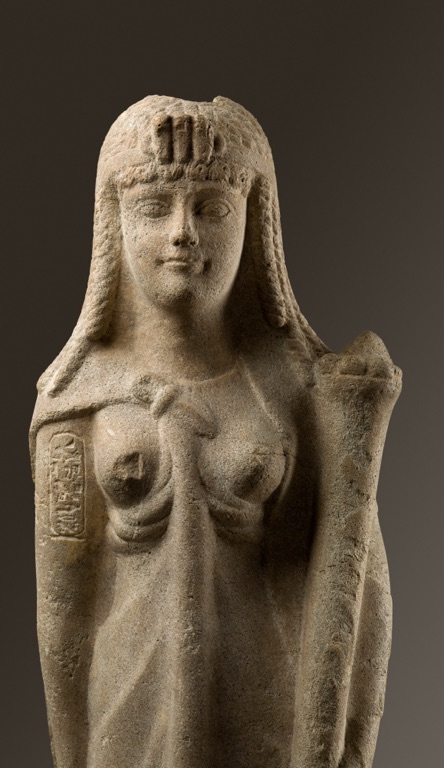
Cleopatra: The Last Pharaoh of Ancient Egypt
Cleopatra, the last active pharaoh of Ancient Egypt, personified power and intelligence. Her reign, from 51-30 BCE, marked the end of the Ptolemaic Kingdom. During her rule, she cultivated a relationship with Rome. This was by strategic alliances with influential leaders Julius Caesar and Mark Antony. Their relationships were crucial to maintaining Egypt’s independence during a tumultuous period of Roman expansion. Known for her wit and charm, Cleopatra was also respected for her intellect. She was well-educated in politics, diplomacy, and languages. Her political acumen was evident through her naval build-up and economic reforms. These bolstered Egypt’s economy. Moreover, Cleopatra embraced Egyptian religion and culture, identifying as the reincarnation of the goddess Isis.

